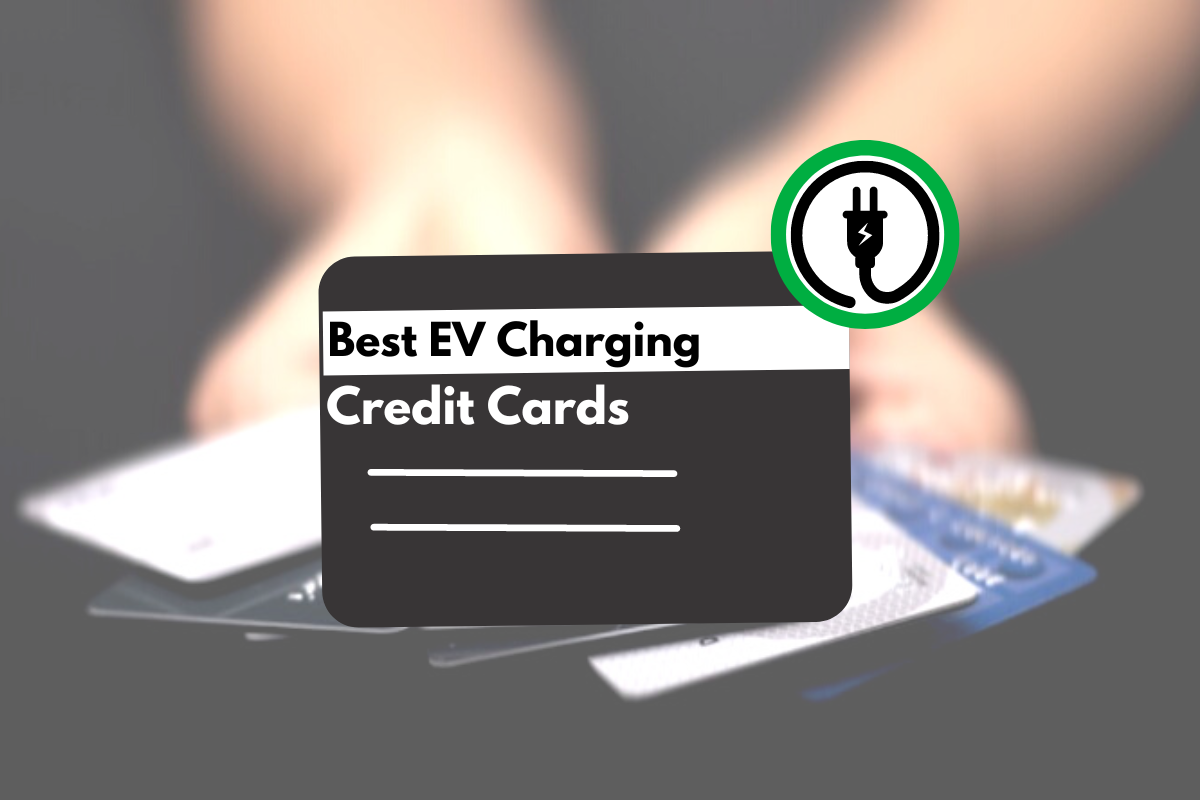Introduction: Enabling Seamless Charging for Electric Vehicle Users
As the adoption of electric vehicles (EVs) grows rapidly across Europe, Asia, and North America, the need for a reliable and accessible charging infrastructure becomes more urgent. One of the critical tools easing the EV user experience is the EV charging card. These cards serve as digital or physical keys, allowing drivers to access charging stations across various networks and streamline the payment process.
Acting much like a debit card for energy, an EV charging card removes the need for multiple apps or subscriptions, offering convenience, interoperability, and transparency for EV drivers navigating a growing but fragmented charging ecosystem. Ev charging card market is projected to grow to USD 29.45 billion by 2034, exhibiting a compound annual growth rate (CAGR) of 30.50% during 2025-2034.
Understanding EV Charging Cards: How They Work
An EV charging card is typically issued by a mobility service provider (MSP) or an EV charging network and is linked to the user’s account. These cards allow EV drivers to start and stop charging sessions at participating stations by tapping the card on a reader, similar to contactless payment systems.
Many cards also come with access to a dedicated mobile app that allows users to find nearby charging stations, track usage, view charging history, and manage billing preferences. Some cards are network-specific, while others are roaming-enabled, granting access to multiple networks through partnerships and interoperability agreements.
Applications and Use Cases Across Regions and User Types
EV charging cards are widely used by individual EV owners, fleet operators, taxi aggregators, logistics providers, and corporate vehicle managers. In urban environments, private car users rely on charging cards to easily navigate public charging points operated by different providers. In contrast, corporate fleets benefit from consolidated billing and usage tracking that charging cards offer, simplifying financial management and operational planning.
In regions where the charging network is dense and operated by multiple service providers, such as Germany or the Netherlands, multi-network cards are particularly valuable. In rural areas or developing EV markets, cards that integrate with mobile platforms ensure coverage even where infrastructure is sparse.
Key Players in the EV Charging Card Ecosystem
The EV charging card market is supported by a range of established and emerging players offering various features and network access levels. Prominent companies include Shell Recharge, Plugsurfing, NewMotion (Shell), ChargePoint, EVBox, and GreenFlux, all of which provide cards that support roaming across several charging networks.
In Europe, Hubject’s eRoaming platform plays a vital role by enabling interoperability among MSPs and charging point operators (CPOs), ensuring that a single card can work across hundreds of providers. Other regional services like Chargemap Pass, Maingau Autostrom, and DKV Mobility also offer competitive EV charging card solutions, focusing on user-friendly interfaces, flat-rate billing, and subscription-based plans.
Features and Benefits: Why EV Drivers Prefer Charging Cards
EV charging cards offer numerous advantages that simplify the user experience. First, they allow for consolidated billing, which is particularly useful for frequent travelers and commercial drivers. Users receive a single monthly invoice instead of multiple receipts from various stations.
Second, these cards enable seamless roaming, allowing EV drivers to access multiple charging networks without creating new accounts each time. Some cards include loyalty benefits, such as reduced tariffs, rewards points, or free charging hours. In addition, many cards support RFID technology for offline use, ensuring that charging is possible even in areas with poor mobile connectivity.
Market Dynamics: Trends Driving the Adoption of EV Charging Cards
Several key market dynamics are shaping the growth of EV charging card usage. The most prominent factor is the expansion of EV infrastructure globally, which demands easier ways to access and manage charging sessions. The push for interoperability across networks, driven by EU directives and national EV policies, has made roaming-enabled cards more attractive.
Urban congestion charges and emission-free zones are also accelerating EV adoption, creating higher demand for accessible public charging. Additionally, fleet electrification initiatives by corporations and governments have made charging cards essential tools for controlling and monitoring energy costs across distributed vehicle fleets.
Technology Integration and Innovation in EV Charging Cards
As EV technology evolves, so do the functionalities of charging cards. Many are now integrated with mobile apps that provide real-time data on charger availability, pricing, plug type compatibility, and session duration. Artificial intelligence is being used to recommend optimal charging locations based on driver behavior and route planning.
Some providers are exploring blockchain-based transaction systems for secure and transparent billing. Biometric authentication and NFC payment integration are being piloted to enhance security and user experience. Moreover, as vehicle-to-grid (V2G) technology matures, EV cards may soon evolve to support energy selling back to the grid, with dynamic pricing models directly tied to card accounts.
Regional Trends: EV Charging Card Adoption Across Key Markets
In Europe, the EV charging card ecosystem is highly advanced, driven by a strong public-private partnership model in countries like Norway, Germany, and the Netherlands. Roaming-enabled cards are the norm, and national regulations support standardization of card-reader systems. In North America, the market is catching up, with providers like ChargePoint and EVgo expanding interoperability and app-based card management.
In Asia-Pacific, particularly in China, India, and South Korea, the adoption of EV cards is rising steadily as national governments roll out extensive charging networks and EV-friendly regulations. Japan's established but proprietary charging infrastructure is gradually shifting toward more open access, allowing third-party cards to gain traction. Meanwhile, in emerging markets, mobile wallet integration with EV charging platforms is a key trend, addressing the lack of traditional card usage.
